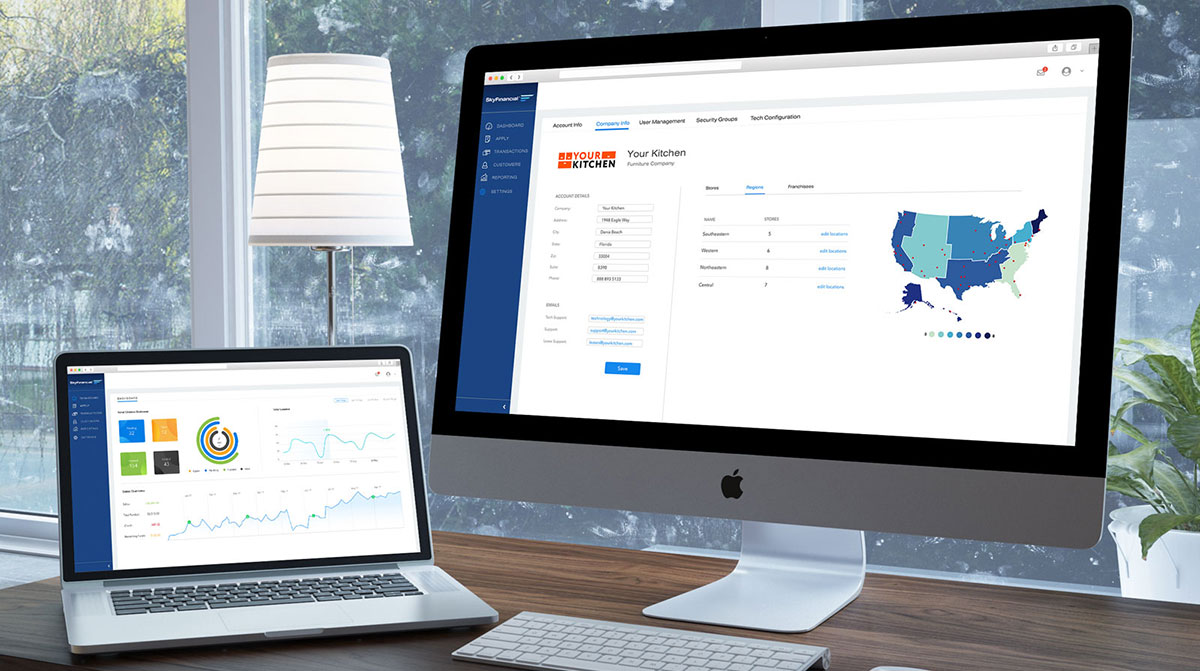
- Introduction
- What is a Chart of Accounts?
- Why is it Important?
- Steps for setting up a Chart of Accounts.
- Different parts of Chart of Accounts.
- Conclusion
Introduction:
What is a Chart of Accounts?
Why is a Chart of Accounts Important?
Steps for setting up a Chart of Accounts:
Step 1: Determine your Business Structure
The first step is to determine your business structure. Depending on your business structure, your financial reporting requirements will differ. For example, corporations are required to prepare financial statements that conform to generally accepted accounting principles (GAAP), whereas sole proprietors may have more flexibility in how they report their financial information. Here’s an example of how you could set up your Chart of Accounts: In this example, let’s say you have a sole proprietorship bakery.
Step 2: Identify your Accounts
The next step is to identify the accounts and categories that you will use to track your financial transactions. There are several different types of accounts, including assets, liabilities, equity, revenue, and expenses. It is important to create categories for your accounts so that you can easily group similar transactions together.
Here are some examples of accounts you might use in your bakery business:
Step 3: Determine Account Numbers
To make your Chart of Accounts more organized, you should assign account numbers to each of your accounts. This helps to create a consistent numbering system and makes it easier to locate specific accounts. When assigning account numbers, consider creating a logical system that reflects your business’s structure and makes sense to you and your team.
Assigning account numbers will help you keep your Chart of Accounts organized. For example, you could assign account numbers as follows:
Assets: 1000 series
Liabilities: 2000 series
Equity: 3000 series
Revenue: 4000 series
Expenses: 5000 series
Within each series, you can create subcategories to further organize your accounts. For example, you might use account numbers in the 4000 series like this:
4001: Sales of baked goods
4002: Catering revenue
Step 4: Set up a Chart of Accounts
Once you have identified your accounts, categories, and account numbers, you can start setting up your Chart of Accounts in your accounting software. Popular accounting software programs like QuickBooks and Xero have built-in Chart of Accounts templates that you can use as a starting point. You can customize the templates provided by the software to suit your bakery business’s specific needs.
Step 5: Review and update your Chart of Accounts
Finally, it is important to review and update your Chart of Accounts regularly. As your business evolves and grows, your financial reporting needs may change. As your bakery business grows and evolves, you may need to add new accounts or categories to your Chart of Accounts. For example, if you start offering new types of baked goods, you may need to create new accounts for the ingredients needed to make those goods. Regularly reviewing and updating your Chart of Accounts will help ensure that your financial reporting is accurate and up-to-date.
Different parts of a Chart of Accounts:
A Chart of Accounts is a financial tool that lists all the accounts used by an organization to track its financial transactions. The chart typically consists of several parts, including:
Assets: These are resources owned by a company that provide value, such as land, equipment, and cash. It can be both a tangible asset and an intangible asset.
Liabilities: This refers to all debt owed by a company, such as invoices payable, accounts payable, or wages payable.
Shareholder’s equity: This represents the residual value of assets minus liabilities and includes share capital plus retained earnings.
Revenues: This refers to any income generated by a company through the sale of goods or services.
Expenditures: These are the costs associated with running a business, such as utilities and salaries.
Assets can be further categorized into subcategories such as:
Prepaid Expenses: This are future expenses that have been pre-paid.
Accounts Receivable: This refers to money owed by clients for goods or services provided in the past.
Inventory: This represents the total value of a company’s inventory.
Marketable Securities: These are financial assets that can be sold or converted to cash within a year.
Allowance for Doubtful Accounts: This is an estimate of the amount of accounts receivable that may not be paid by customers.
Liabilities can be categorized into subcategories such as:
Accounts Payable: This refers to the funds a company owes to other entities, typically a short-term liability.
Notes Payable: This refers to the face amount of promissory notes that a company has issued.
Taxes Payable: This refers to the total amount of tax payments owed by a company.
Accrued Liabilities: These are expenses incurred by the end of an accounting period that have not yet been paid or recorded in a company’s general ledger.
Conclusion
- Setting up a Chart of Accounts is crucial for establishing your business’s financial records.
- By following the steps mentioned in this blog, you can create a customized Chart of Accounts tailored to your business’s requirements.
- This Chart of Accounts will provide a structured framework for organizing your financial data.
- Regularly reviewing and updating your Chart of Accounts is important to maintain its accuracy and relevance.
- Overall, a well-maintained Chart of Accounts contributes to a better understanding of your business’s financial performance.
 ▾
▾ AU
AU UK
UK CA
CA IN
IN UAE
UAE